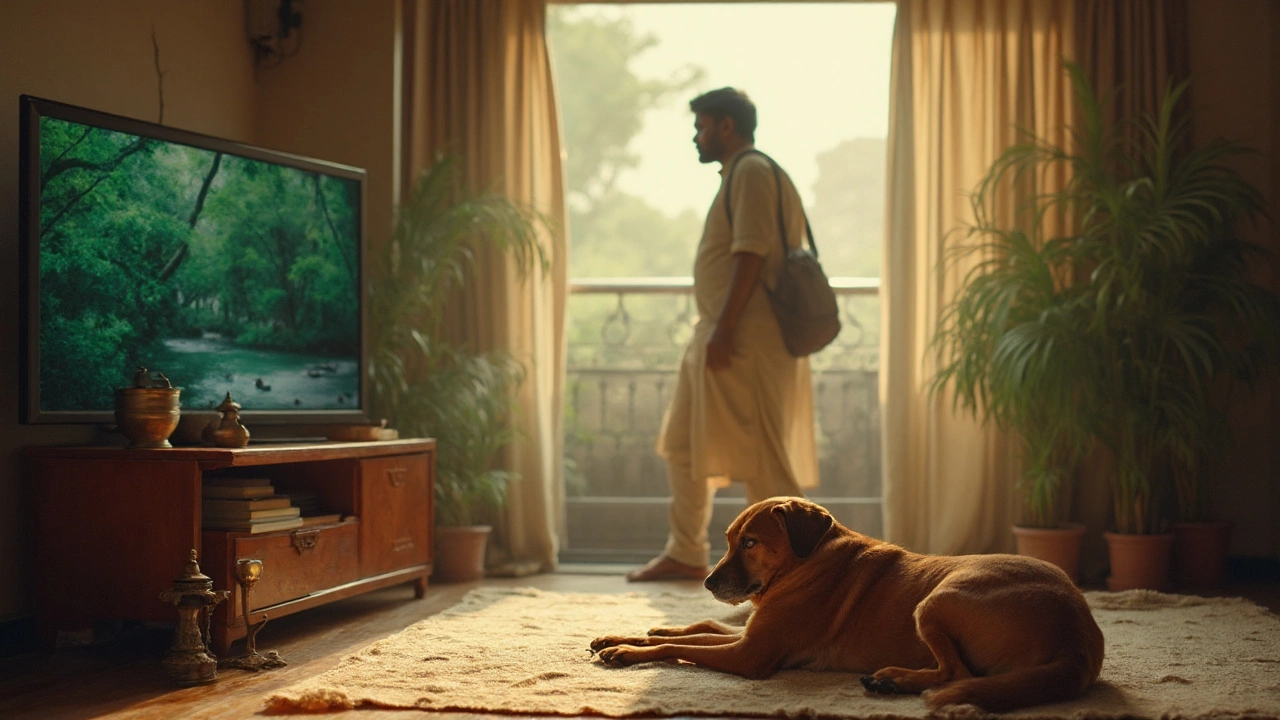Calming Music for Dogs: Easy Ways to Help Your Pup Relax
Ever notice how a gentle tune can soften a barking dog or calm a jittery puppy? Music isn’t just for us – dogs actually respond to sound. The right beats can lower heart rate, ease separation anxiety, and make bedtime smoother. Let’s break down why music works and how you can start using it today.
Why Dogs Like Soft Sounds
Dogs hear a wider range of frequencies than humans. Soft, slow tempos match the natural rhythm of a calm heartbeat, sending a signal that everything’s safe. Studies show that classical pieces with a steady beat can drop cortisol (the stress hormone) in pups. In plain terms, calming music tells your dog, “It’s all good.”
Picking the Best Tracks
Start with instrumental pieces – piano, harp, or light strings work best. Avoid tracks with heavy drums or sudden changes; they can startle instead of soothe. You don’t need a fancy subscription; many free playlists on streaming services are labeled “dog relaxation” or “calming music for pets.” Test a short clip and watch your dog’s reaction. If ears perk up and tail wags, you’ve hit the sweet spot.
When you first play the music, keep the volume low – around 60 % of your normal TV level. Dogs have sensitive ears, and a gentle background hum is all they need. Play it in a quiet room where your dog usually naps. Consistency matters; using the same playlist at bedtime helps create a calming routine.
If your dog gets anxious during thunderstorms or fireworks, put on a 20‑minute calming track right before the event. The music can mask the loud bangs and give a sense of normalcy. Some owners even leave a speaker on low all day when their dog’s alone at home. The constant, soothing sound reduces the feeling of emptiness.
For puppies, a short 5‑minute session after playtime can settle them before bedtime. Older dogs benefit from music during vet visits or grooming appointments – the soft tunes keep nerves in check. You can also pair music with a comfy bed or a favorite blanket for extra reassurance.
Need a quick start? Try this simple routine: choose a 30‑minute playlist, set the volume low, and play it in the room where your dog sleeps. Let the track run while you dim the lights. Within a few minutes, most dogs start to relax and settle down.
Remember, every dog is unique. If your pup seems indifferent, experiment with different genres – some respond better to nature sounds like rain or ocean waves. The goal is to find a soundscape that feels safe and soothing to them.
In short, calming music is a low‑cost, low‑effort tool to help dogs manage stress. Use it regularly, watch your dog’s body language, and adjust as needed. You’ll soon notice quieter evenings, smoother crate training, and a happier, more relaxed companion.

Leaving the TV On for Dogs: Does It Actually Help With Anxiety and Loneliness?
Wondering if TV helps your dog at home alone? Get a clear, evidence-backed answer, what content to use, how loud to set it, and when it won’t help.
read more



